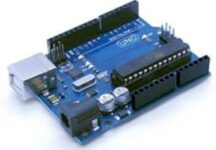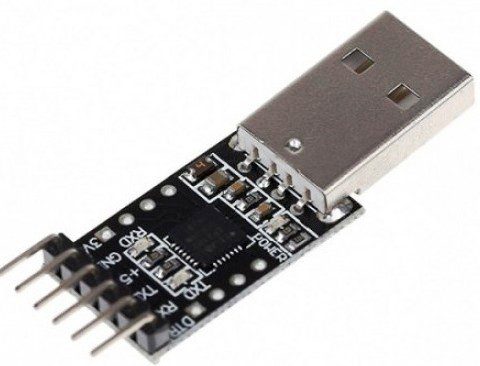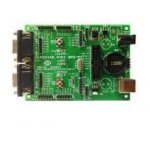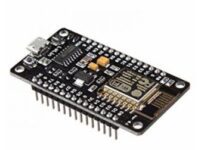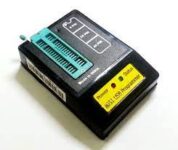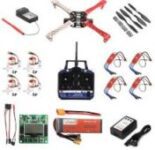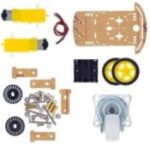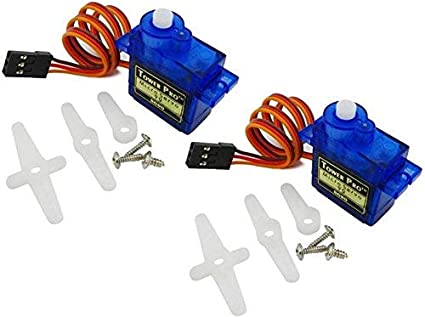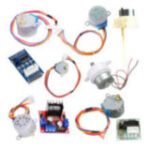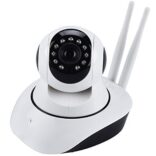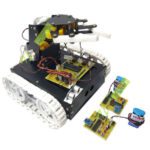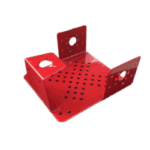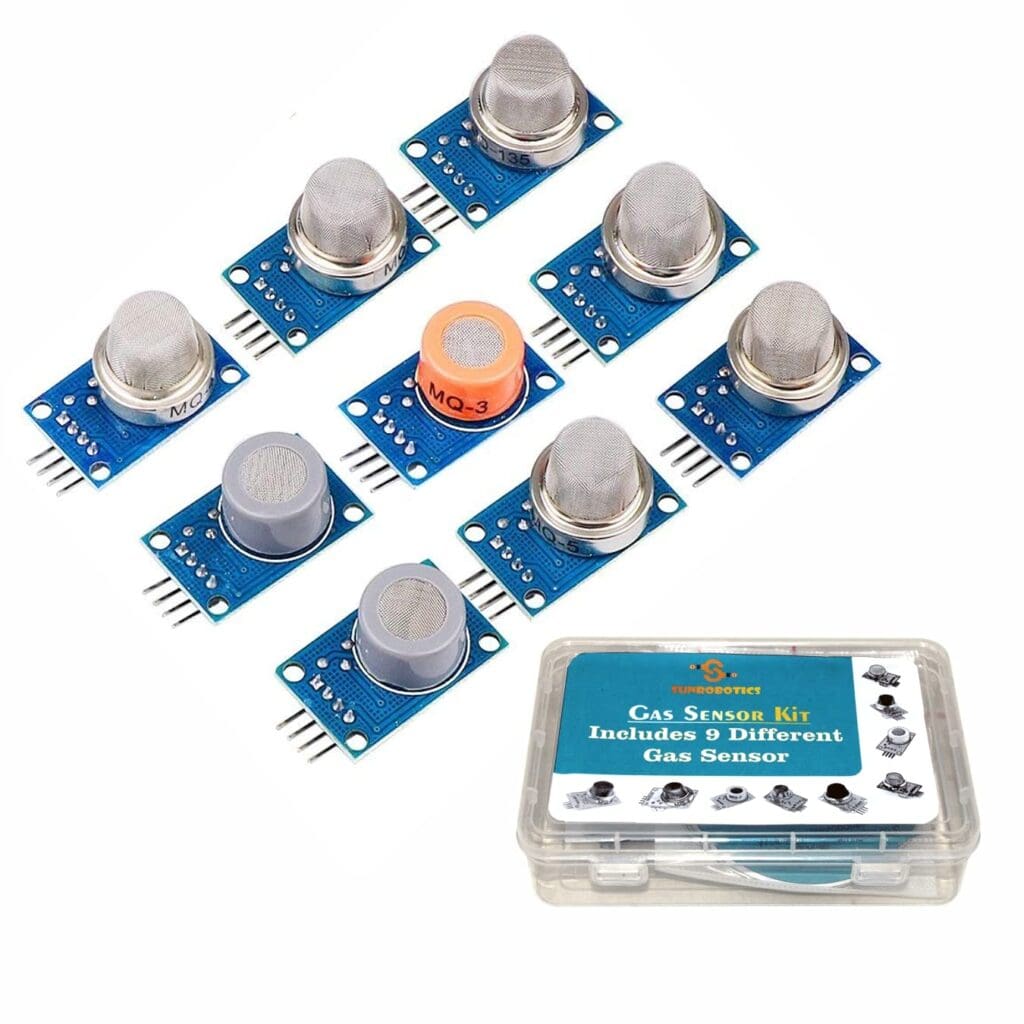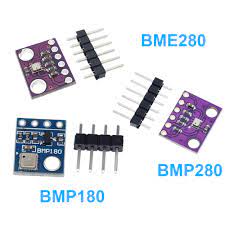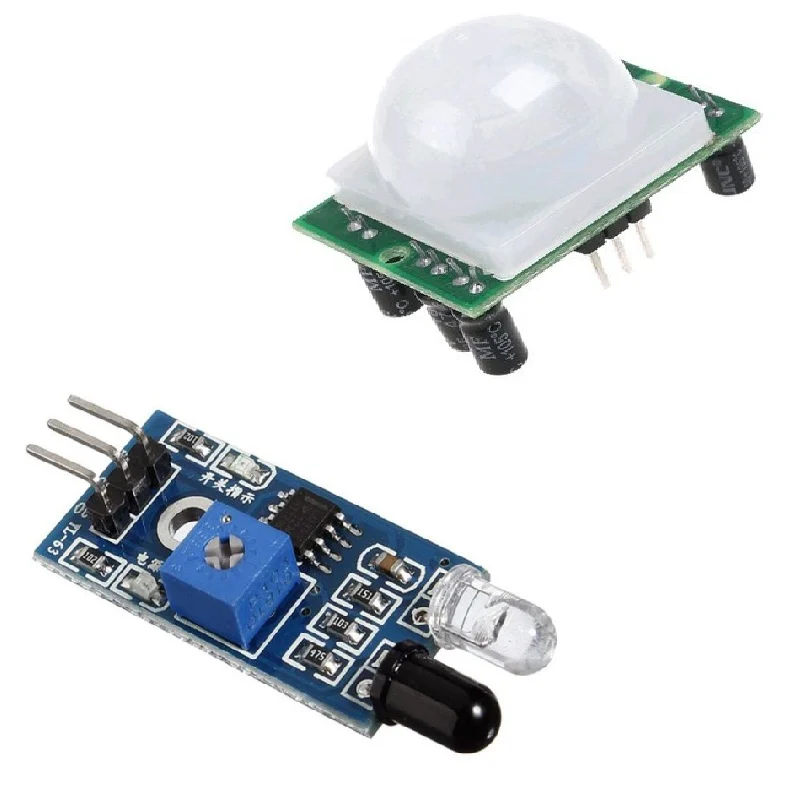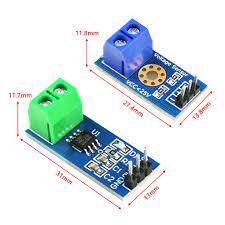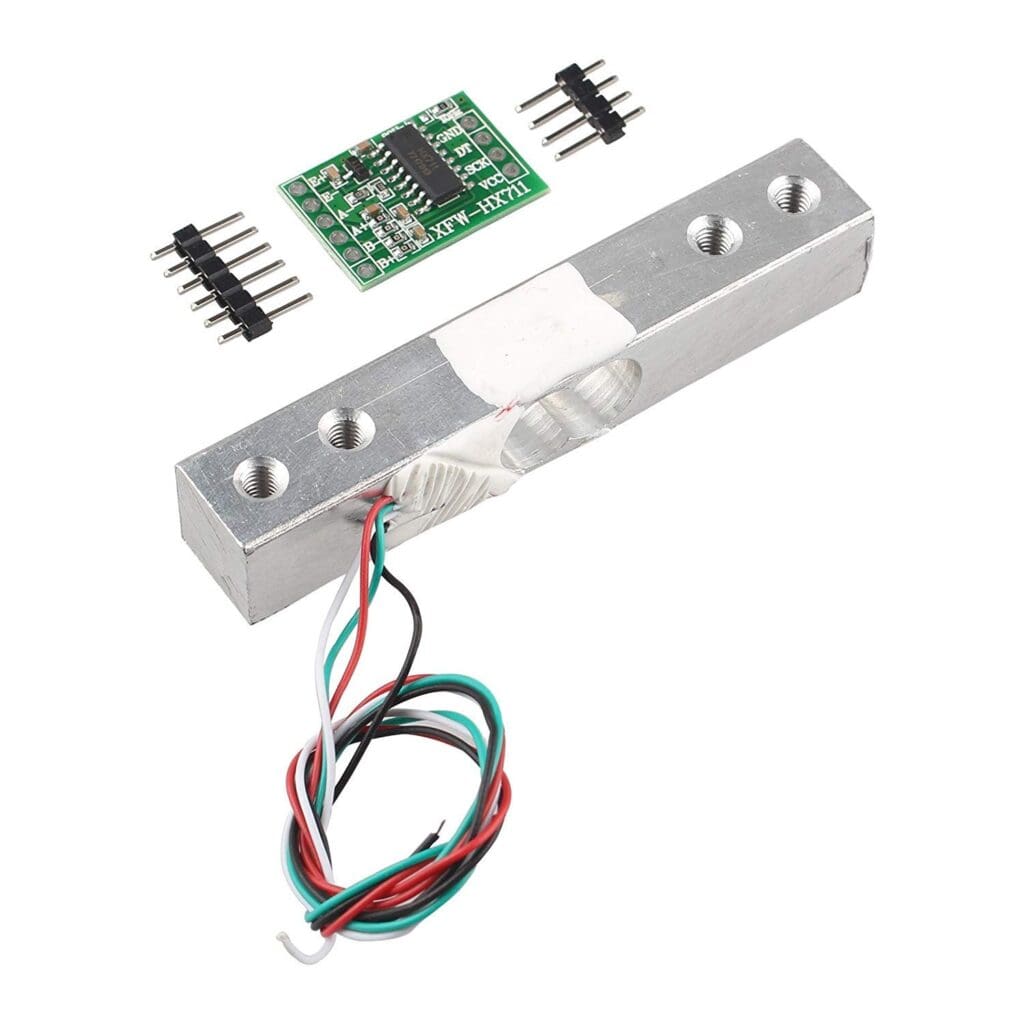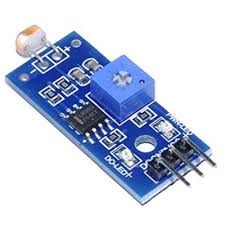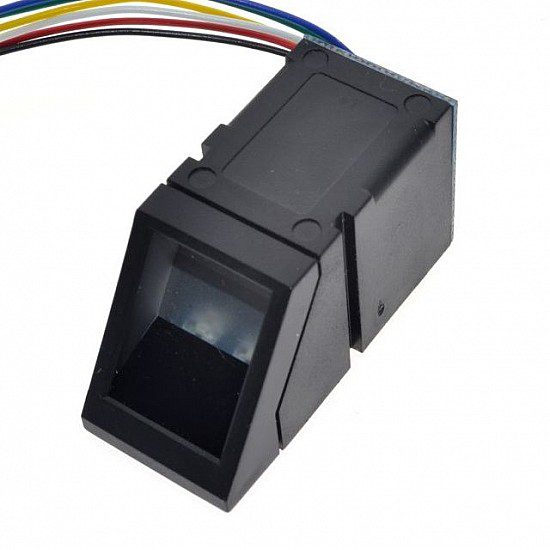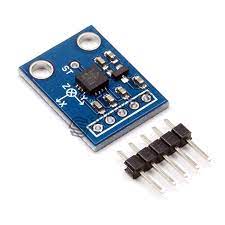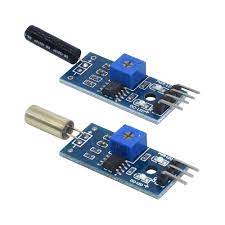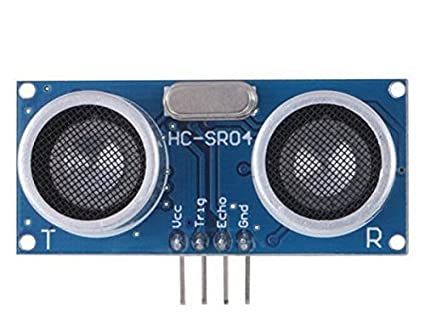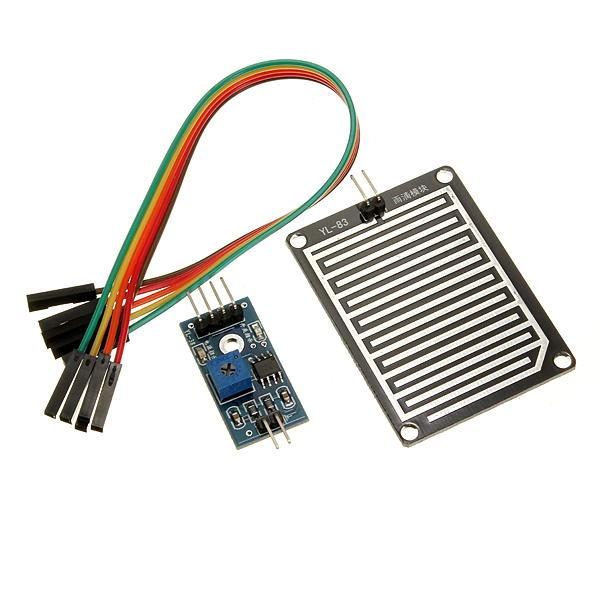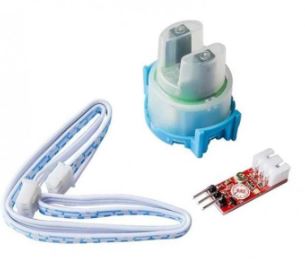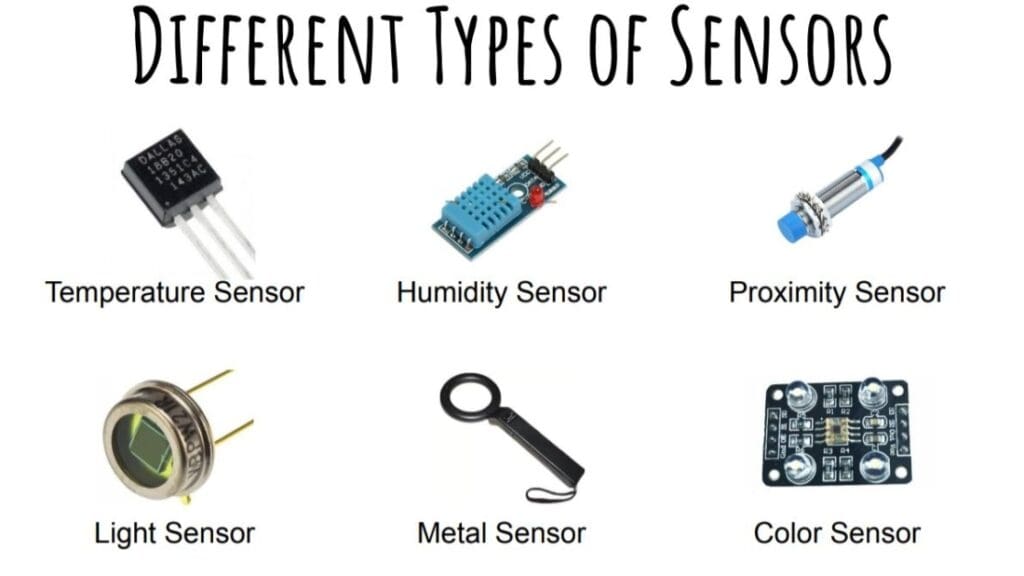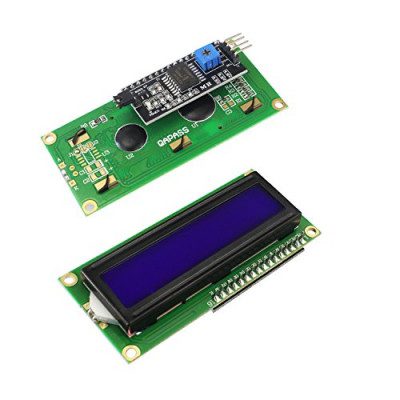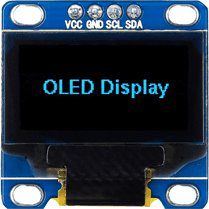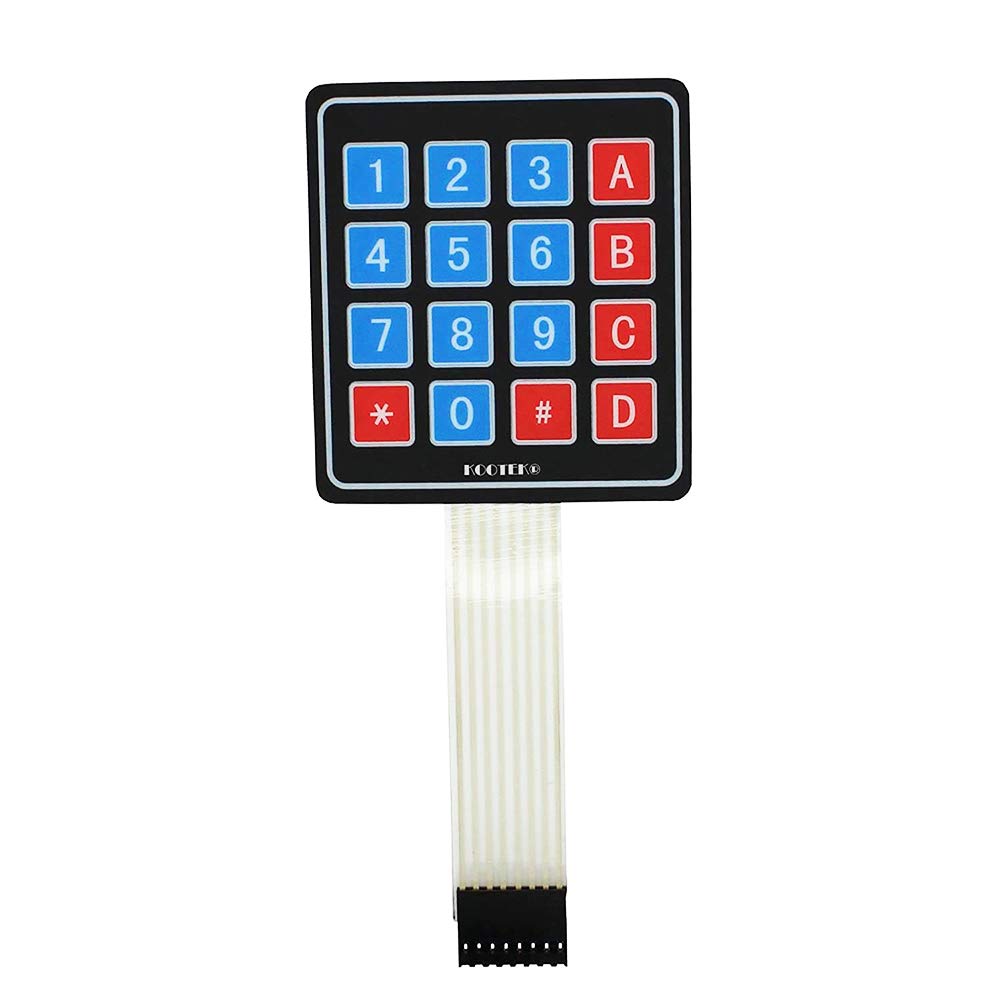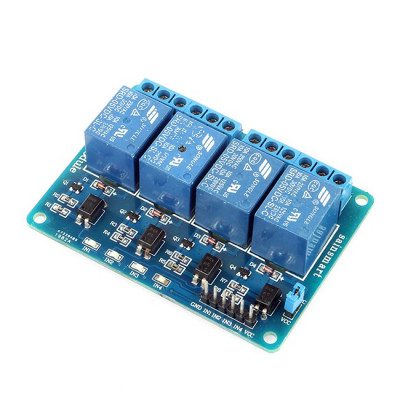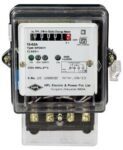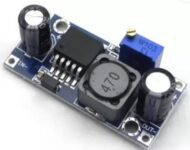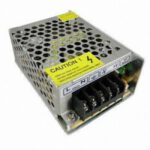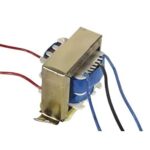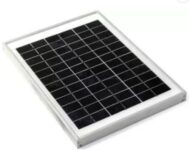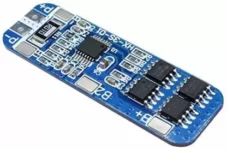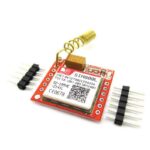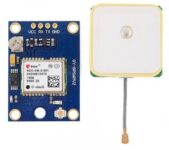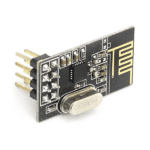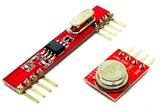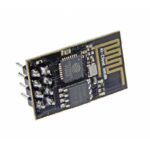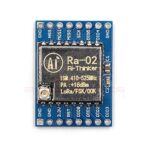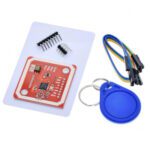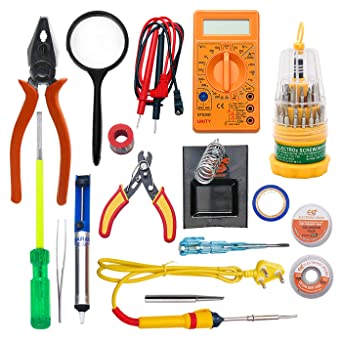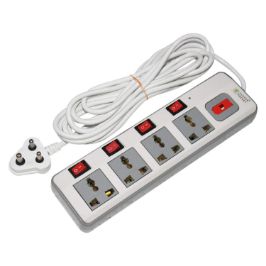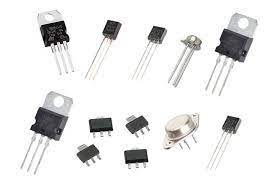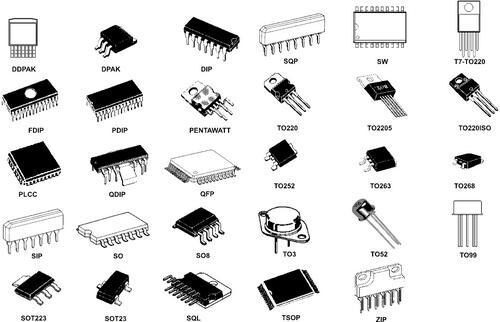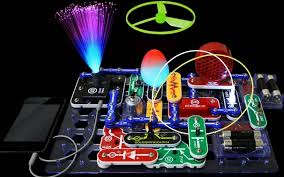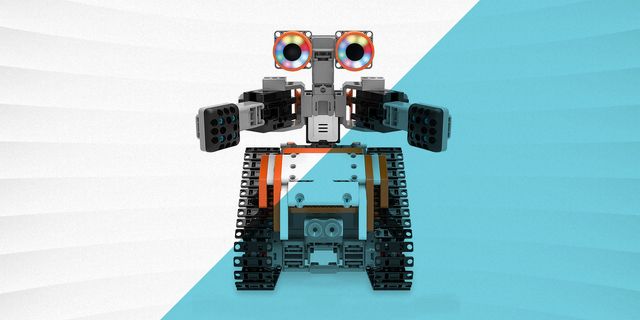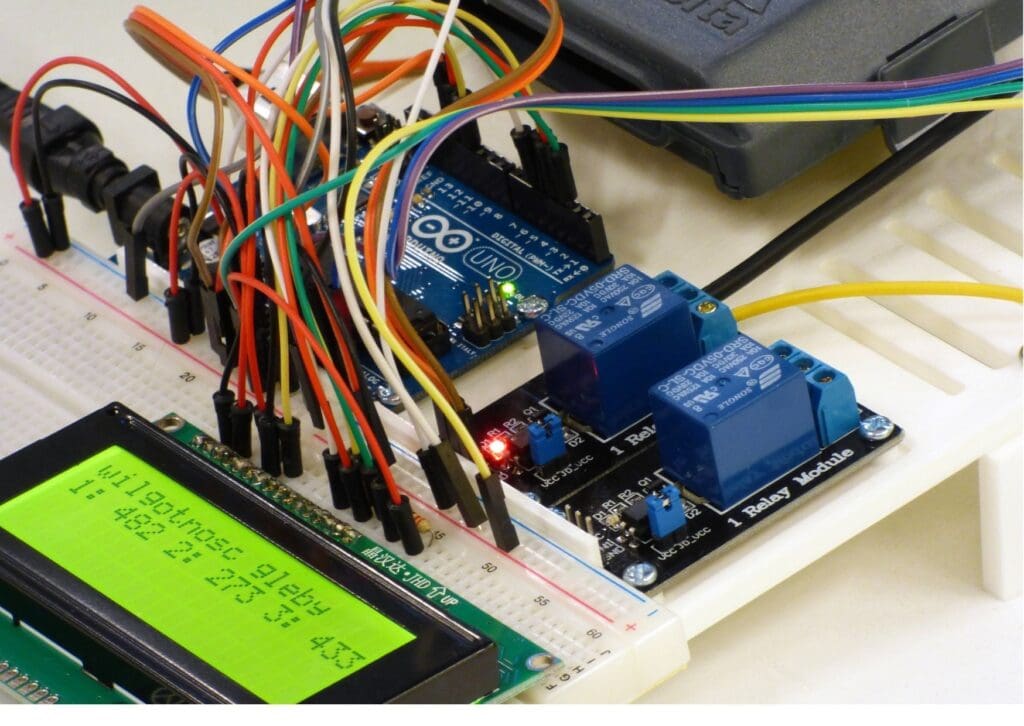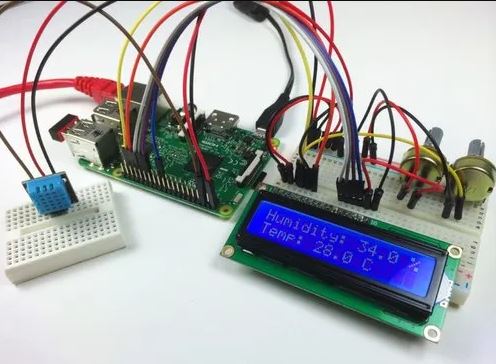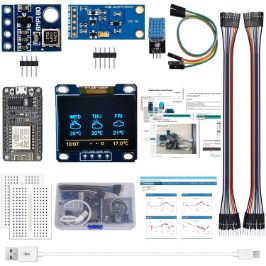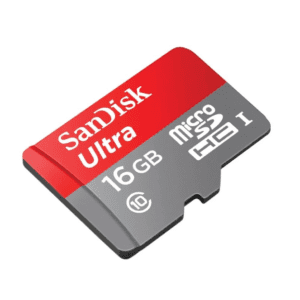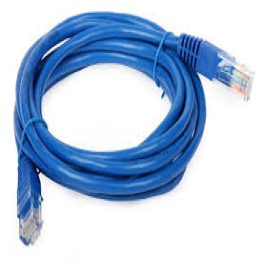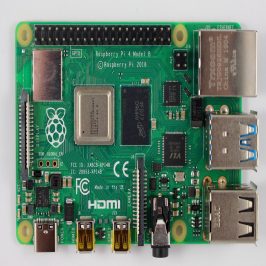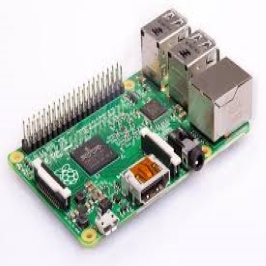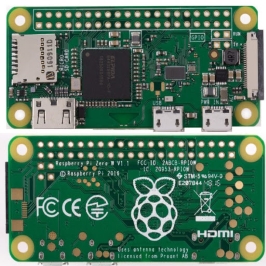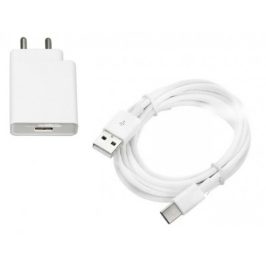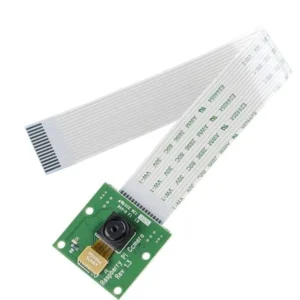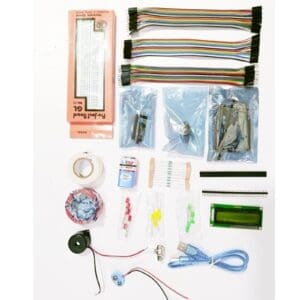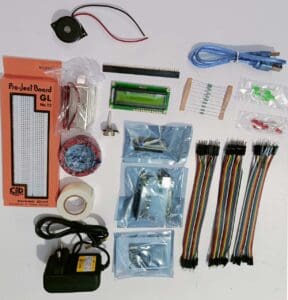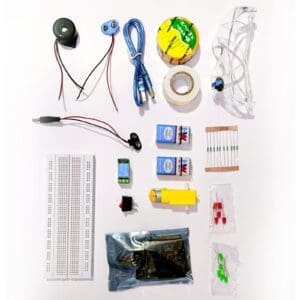Introduction
Welcome to the world of Raspberry Pi projects, where creativity meets technology! Raspberry Pi, a credit-card-sized computer, has sparked the imagination of makers and DIY enthusiasts worldwide. With its low cost, versatility, and robust community support, the Raspberry Pi platform offers endless opportunities for innovation and learning. In this guide, we’ll explore a range of exciting projects tailored for makers and DIY enthusiasts, from home automation to robotics, gaming, media centers, and beyond. Whether you’re a beginner looking to dip your toes into the world of electronics or a seasoned hobbyist seeking your next challenge, there’s something here for everyone. Get ready to unleash your creativity and bring your ideas to life with Raspberry Pi!
Projects Categories:
Products Categories:
- Robotics
- Actuators
- Camera Modules
- Drone Kits
- Drone Components
- Chassis
- DC Motors
- Other Robotic accessories
- Pick and Place Modules
- Robotic Kit
- Servo Motors
- Stepper Motors
- Wheels
- Microcontrollers & Programmers
- 8051 Microcontroller
- Arduino Microcontroller
- ARM Development Board
- Interface Module
- NODMCU / ESP Modules
- PIC Microcontroller
- Raspberry Pi
- Devices and Actuators
- Display Modules
- Sensors & Module
- Power Supply / Batteries
- Wireless modules
- Electronic Components
- Wholesale Market
Description
Building IoT with Raspberry Pi
- is your comprehensive roadmap to harnessing the power of Raspberry Pi for Internet of Things (IoT) projects. In this guide, we delve into the exciting world of IoT, where everyday objects are connected to the internet, enabling remote monitoring, control, and automation
- This guide starts by introducing the Raspberry Pi, a small yet powerful single-board computer, renowned for its affordability and versatility. You’ll learn how to set up your Raspberry Pi, connect peripherals, and install the necessary software to transform it into an IoT powerhouse.
- Next, we explore various IoT concepts and protocols, including MQTT (Message Queuing Telemetry Transport), HTTP, and WebSocket, laying the foundation for building robust IoT applications. You’ll discover how to interface sensors and actuators with your Raspberry Pi, collecting data from the physical world and controlling devices remotely.
- The guide then dives into practical IoT projects, ranging from simple temperature and humidity monitoring systems to more complex smart home automation setups. You’ll learn how to design, prototype, and deploy your IoT solutions using Raspberry Pi, along with popular IoT platforms like AWS IoT, Google Cloud IoT, and Microsoft Azure IoT.
- Throughout the guide, we emphasize hands-on learning, providing step-by-step instructions, code samples, and troubleshooting tips to ensure your success. Whether you’re a hobbyist exploring the possibilities of IoT or a professional seeking to integrate IoT into your projects, “Building IoT with Raspberry Pi: A Guide” equips you with the knowledge and skills to embark on your IoT journey confidently. Join us as we unlock the potential of Raspberry Pi and revolutionize the way we interact with the world around us through IoT innovation.
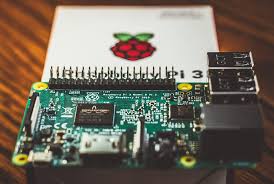
What is Raspberry pi And Its Types
Raspberry Pi is a series of small, affordable, single-board computers developed by the Raspberry Pi Foundation, a UK-based charity. These computers are designed to promote computer science education and facilitate experimentation in programming and electronics. Raspberry Pi boards are widely used in various projects, ranging from hobbyist tinkering to professional applications in fields such as education, robotics, IoT, and media centers.
As of my last update, here are some of the main types of Raspberry Pi boards:
1. Raspberry Pi 1 Model A/B
These were the first-generation Raspberry Pi boards released in 2012. They featured a single-core CPU, limited RAM, USB ports, HDMI output, and GPIO (General Purpose Input/Output) pins for connecting to external devices.
2. Raspberry Pi 2 Model B
Released in 2015, the Raspberry Pi 2 offered significant improvements over its predecessor, including a quad-core CPU and increased RAM, providing better performance for various tasks.
3. Raspberry Pi 3 Model B/B+
Building upon the success of the Raspberry Pi 2, the Raspberry Pi 3, released in 2016, introduced built-in Wi-Fi and Bluetooth connectivity. The B+ variant featured further enhancements such as faster CPU and improved networking capabilities.
4. Raspberry Pi 4 Model B
Launched in 2019, the Raspberry Pi 4 marked a significant upgrade with a more powerful quad-core CPU, increased RAM options (1GB, 2GB, or 4GB), USB 3.0 ports, dual micro HDMI ports for dual-display support, Gigabit Ethernet, and support for 4K video playback.
5. Raspberry Pi Zero
- Introduced as a smaller and even more affordable alternative, the Raspberry Pi Zero features a smaller form factor and lower specifications compared to other models. Despite its diminutive size, it’s capable of running various projects and is particularly popular for embedded applications due to its low power consumption.
6. Raspberry Pi Zero W
- This variant of the Raspberry Pi Zero includes built-in Wi-Fi and Bluetooth capabilities, offering additional connectivity options for IoT and other projects.
7. Raspberry Pi Compute Module
- Designed for industrial applications and embedded systems, the Raspberry Pi Compute Module features a smaller form factor and includes the core components of a Raspberry Pi on a compute module, allowing for easier integration into custom hardware designs.
- These are some of the main types of Raspberry Pi boards available, each offering different features and capabilities to suit various project requirements and budgets.
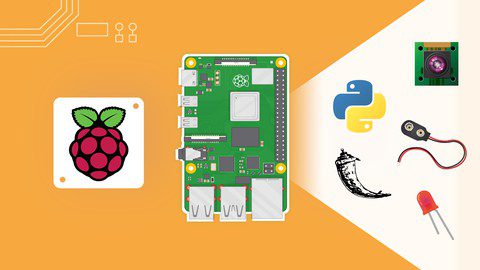
how raspberry pi used in real time applications
Raspberry Pi is used in a wide range of real-time applications across various industries due to its affordability, versatility, and compact size. Here are some examples of how Raspberry Pi is used in real-time applications:
1. Home Automation Raspberry Pi can be used to create smart home systems that control lights, thermostats, security cameras, and other devices. Real-time sensors connected to the Raspberry Pi can monitor environmental conditions such as temperature, humidity, and motion, allowing for automated responses such as adjusting heating or turning on lights.
2. IoT (Internet of Things) Devices Raspberry Pi is a popular choice for building IoT devices that collect data from sensors and communicate with other devices or cloud services. These devices can monitor and control various aspects of the environment in real-time, such as agriculture monitoring systems, weather stations, and industrial monitoring systems.
3. Surveillance Systems Raspberry Pi can be used to create real-time surveillance systems with motion detection capabilities. Cameras connected to the Raspberry Pi can capture video footage, which can be analyzed in real-time to detect and alert users about suspicious activities or intrusions.
4. Media Centers Raspberry Pi can be used to build media centers that stream multimedia content such as movies, music, and TV shows. Real-time media streaming applications can be installed on the Raspberry Pi, allowing users to access and enjoy their favorite content in real-time.
5. Gaming Raspberry Pi can be used to create gaming consoles and arcade machines that run retro games or custom-made games. Real-time gaming applications can be developed using game engines such as RetroPie or emulators, providing users with an immersive gaming experience in real-time.
6. Environmental Monitoring Raspberry Pi can be used to monitor environmental conditions in real-time, such as air quality, pollution levels, and noise levels. Sensors connected to the Raspberry Pi can collect data from the environment, which can be analyzed and visualized in real-time to provide insights into environmental conditions.
7. Education Raspberry Pi is widely used in educational settings to teach students about programming, electronics, and computer science. Real-time projects such as weather stations, robotics, and interactive displays can be created using Raspberry Pi, allowing students to learn through hands-on experimentation in real-time.
These are just a few examples of how Raspberry Pi is used in real-time applications. With its versatility and affordability, Raspberry Pi continues to inspire innovation and creativity across various industries, enabling users to build sophisticated real-time systems and applications.
Raspberry pi Software/Hardware
1. Raspberry Pi OS (formerly Raspbian)
2. Ubuntu Linux Distribution Compatibility
3. Windows 10 IoT Core
4. Docker Containerization Platform Support
5. Kubernetes Orchestration for IoT- 1. Raspberry Pi 1 Model A/B: First-generation Pi board
2. Raspberry Pi 2 Model B: Quad-core CPU improvement
3. Raspberry Pi 3 Model B/B+: Wi-Fi and Bluetooth integration
4. Raspberry Pi 4 Model B: Enhanced performance, 4K support
5. Raspberry Pi Zero W: Compact, with wireless connectivity
Raspberry Pi is incredibly versatile, and the projects you can undertake with it span a wide range of interests and industries. Here’s a varied list of project categories and specific project ideas for each:
1. Home Automation:
Smart lighting control system
Automated plant watering system
Garage door opener with remote access
2. Internet of Things (IoT):
Weather station with data logging
Smart thermostat for energy efficiency
Home security camera system
3. Robotics:
Raspberry Pi-powered robot car
Robotic arm with computer vision
Autonomous drone with obstacle avoidance
4. Gaming:
Retro gaming console emulator
DIY handheld gaming device
Multiplayer gaming server for LAN parties
5. Media Center:
Home theater PC with Kodi
Network-attached storage (NAS) server
Internet radio streaming device
6. Educational:
Python programming tutorials
Electronic music synthesizer
STEM learning kits for schools
7. Artificial Intelligence (AI) and Machine Learning:
Voice-controlled assistant (like Alexa)
Image recognition system
Predictive analytics for data analysis
8. Network and Server:
VPN server for secure browsing
Personal web server for hosting a website
Network-wide ad blocker with Pi-hole
9. Environmental Monitoring:
Air quality monitor for indoor spaces
Soil moisture sensor for gardening
Noise level meter for workplace or home
10. Security and Surveillance:
Motion-activated security camera
Intrusion detection system with sensors
Home alarm system with SMS alerts
11. Art and Design:
LED matrix display for art installations
Digital photo frame with slideshow
Customizable LED mood lamp
12. Health and Fitness:
Personal fitness tracker with sensors
Sleep tracker with data visualization
Smart mirror with health stats display
13. Remote Control and Automation:
Remote-controlled car or boat
Smart pet feeder with scheduled feeding
Automatic pet door with RFID access control
14. Weather Monitoring:
Weather station with live data display
Storm detection system with lightning sensor
Wind speed and direction tracker
15. Aquarium and Pet Care:
Automated fish feeder with timer
Aquarium water quality monitor
Pet activity tracker for dogs or cats
- These are just a few examples to showcase the diversity of projects you can undertake with a Raspberry Pi. The possibilities are virtually endless, limited only by your imagination and creativity!
Conclusion
In conclusion, Raspberry Pi has transformed the landscape of computing, empowering enthusiasts, educators, and professionals alike to explore, innovate, and create with affordable, accessible technology. From its humble beginnings as a small single-board computer to its current status as a global platform for learning and experimentation, Raspberry Pi has inspired countless projects across a wide range of domains.
Whether you’re a hobbyist tinkering with electronics, an educator fostering the next generation of innovators, or a professional developing cutting-edge solutions, Raspberry Pi offers a wealth of opportunities to turn ideas into reality. Its versatility, community support, and robust ecosystem of software and hardware make it an invaluable tool for individuals and organizations worldwide.
As we look to the future, Raspberry Pi continues to push the boundaries of what’s possible, driving innovation in fields such as IoT, AI, robotics, and beyond. With each new iteration and project, Raspberry Pi reinforces its position as a catalyst for creativity, education, and exploration in the ever-evolving world of technology. Whether you’re just starting your journey or you’re a seasoned veteran, Raspberry Pi invites you to join the community and embark on an exciting adventure of discovery and invention.
For additional blog content, to explore further insights and articles. Click here
How to attach heat sink
How to attach heat sink to raspberry pi 4 INTRODUCTION Attaching a heat sink to...
Read MoreUnderstanding Integrated Circuit And Microchips
Understanding Integrated Circuit And Microchips Introduction Integrated circuits (ICs), often referred to as microchips, are...
Read MoreExploring The world of Quantum
Exploring The World Of Quantum Sensors Quantum sensors are fascinating devices that leverage the principles...
Read MoreRaspberry Pi Microcontroller
Raspberry Pi Introduction Welcome to the world of Raspberry Pi projects, where creativity meets technology!...
Read More


